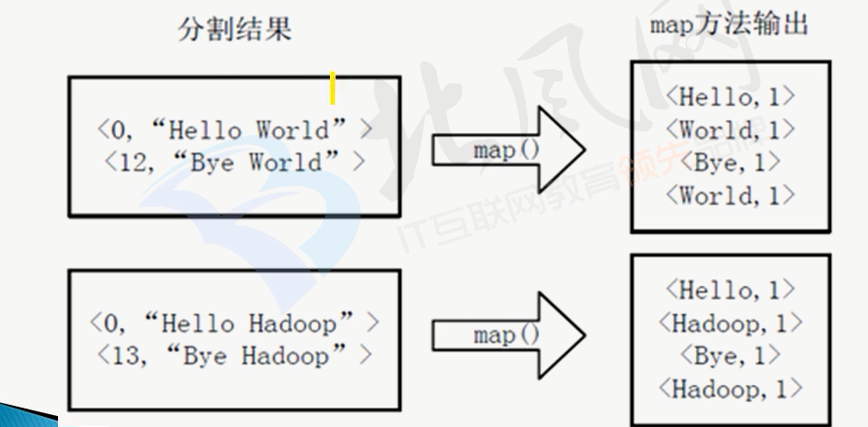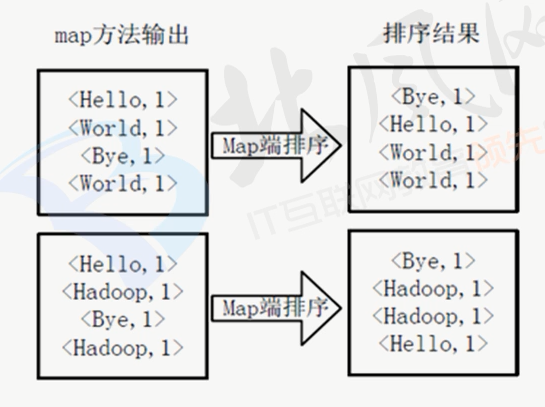MapReduce程序分为三部分: map reduce driver
这里先放出最经典的wordcount程序源码:
public class WordCount extends Configured implements Tool{
//map
public static class WordCountMap extends Mapper<LongWritable, Text, Text, IntWritable>{
private Text MapoutputKey=new Text();
private final static IntWritable MapoutputValue=new IntWritable(1);
@Override
protected void map(LongWritable key, Text value, Context context)
throws IOException, InterruptedException {
//得到value
String lineValue=value.toString();
//split
StringTokenizer stringTokenizer=new StringTokenizer(lineValue);
//迭代取出数据
while(stringTokenizer.hasMoreTokens()){
//得到输入的value
String wordValue=stringTokenizer.nextToken();
MapoutputKey.set(wordValue);
//输出
context.write(MapoutputKey, MapoutputValue);
}
}
}
//reduce
public static class WordCountReduce extends Reducer<Text, IntWritable, Text, IntWritable>{
private IntWritable outputValue=new IntWritable();
@Override
protected void reduce(Text key, Iterable
这个wordcount程序可以在本地或者yarn上运行,首先要在eclipse中打成jar包,当然上边的代码要想直接运行,需要在maven中加入hadoop的jar包坐标,然后自动下载到本地仓库才可以,打包好后就跟hadoop中自带的wordcount程序运行过程一样,这里不进行细说,如果打包到运行测试有问题可以在文章末尾留言
wordcount执行流程:
input—->map—–reduce——output
input:
会文件按行分割形成<key,value>对,如下图所示:
这一步由Mapreduce框架自动完成,其中key是偏移量,包含了回车所占的字符数,value是这一行的数据
map:
将分割好的<key,value>对交给用户定义的map方法处理,形成新的<key,value>对,如下图所示:
得到map方法输出的<key,value>对后,Mapper会将他们按照key值进行排序,得到Mapper的最终输出结果,如下图:
reduce:
Reducer先对从Mapper接受的<key,value>对进行shuffle处理,如下图:
然后再交给用户自定义的reduce方法进行合并处理,再得到新的<key,value>对,如下图:
最后将这个<key,value>对作为wordcount的结果输出
中,
最后修改于 2018-06-01

本作品采用知识共享署名-非商业性使用-相同方式共享 4.0 国际许可协议进行许可。




